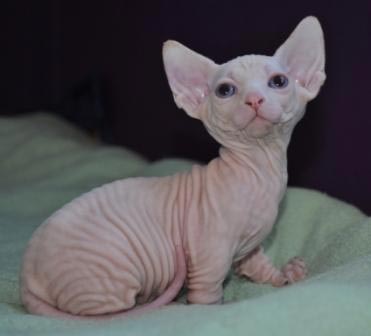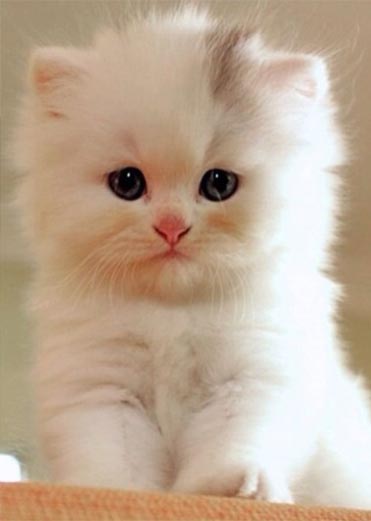Teacup Cats…Cute or Crazy?
Teacup cats and Munchkins have been bred to be smaller than usual. They come in a few different varieties and are undeniably cute. But, before you jump in there are a few important things to know about these gorgeous little felines. Firstly, if you are considering getting a teacup pet, do your research and make sure you support the industry and this overall trend, using in many cases intensive ‘line breeding’. Munchkins are essentially a cat with a serious gene mutation and critics have their concerns about the other related health effects. When looking at some of these newer breeds, you want to make sure you are getting what you were promised, will not have to spend a fortune in vet bills and that the breeder you are using is looking after the welfare of the animals under their care.
Munchkin cats and other dwarfs
Munchkins are now a recognized small breed cat, having been bred since the 1980’s. They are a dwarf cat with shorter, thicker legs. Essentially they have a growth condition called achondrodysplastic dwarfism, but sometimes called chondrodysplasia, or hypochondrodysplasia as it is not exactly the same as the dwarfism that occurs in other species. The trait is from a gene mutation that is autosomal dominant. If two Munchkins are bred together the gene is lethal, so Munchkins are always outcrossed to other breeds and approximately 50% of the litter is short-legged. There are a number of outcrosses that have led to other dwarf breeds, often with adorable names like the Bambino which is a cross between the Munchkin and the Sphynx.

Teacups
Teacups are slightly different from Munchkins. They are essentially smaller in every way, but also occur through chance mutations. Unfortunately there has been more inbreeding within the teacup breeds, which increases the risk of other genetic diseases occurring. Exactly why we shouldn’t marry our siblings or cousins! This tiny cat has been popularized by Kim Kardashian, who has a Teacup Persian named “Mercy”. Teacups are now found within many different breeds, but are not formally recognized as their own breed.

Teacup or runt?
Unfortunately because there is no actual formal recognition of the teacup breeds, there is also some pretty unscrupulous behavior going on when selling teacups. Because they are simply smaller than normal kittens, the runt of the litter, a poorly nourished kitten or simply a sickly kitten can easily be passed off as a teacup kitten. When these kittens often go for $2000 each and sometimes significantly more, you want to make sure you get a nice healthy cat! A cat that is the victim of inbreeding, or has actually been malnourished to stunt its growth is most likely to cost you a significant amount in vet bills and have a shortened life span.
Common health problems of teacup cats
- Misshapen bones that ultimately cause pain, deformities and osteoarthritis
- Heart disease
- Seizures and neurological signs
- Shortened life-spans
- Blindness
- Polycystic kidney disease
Warning signs of unscrupulous breeders
As with any purchase, do your research. Breeders who run their facilities like a puppy farm, have no care for the welfare of their cats and pass off unhealthy runts as teacup cats for extortionate expenses should be easy to spot with a few pointers. Some warning signs are:
- A breeder that refuses to let you see the parents or the home where the cats are born.
- A breeder who advertises on Craigslist, Gumtree or similar and makes excuses as to why you need to post money and have a pet delivered to you without seeing where it comes from.
- A kitten being sold for a discounted rate – if it seems too good to be true…
- Good breeders will make sure you will give their beloved cats a good home and are very discerning.
- Most breeders will make sure the kitten is desexed prior to sale to protect their blood-lines.
- A breeder who always has kittens available should ring alarm bells. Most ethical breeders limit the numbers of cats and litters they have, so will have long wait-lists for sought-after breeds.
- A cat sold without micro-chipping, flea, worming and vaccination is unlikely to be from somewhere reputable.
Additional tips
Make sure when you buy a fancy cat that you consider pet insurance, and make sure the insurance company covers genetic problems.
Take the kitten to your vet for a health check within 72 hours of purchase, that way you can confirm whether you have been sold a problem cat or a cat that is not what it was promised to be.
Make sure the micro-chipping details are up to date and the chip is working, particularly if you’ve just paid $2000 for this cat, you don’t want to lose it!
Check out our additional tips for the first-time kitten parents to be fully prepared!
The post Teacup Cats…Cute or Crazy? appeared first on VetBabble.




Post a Comment